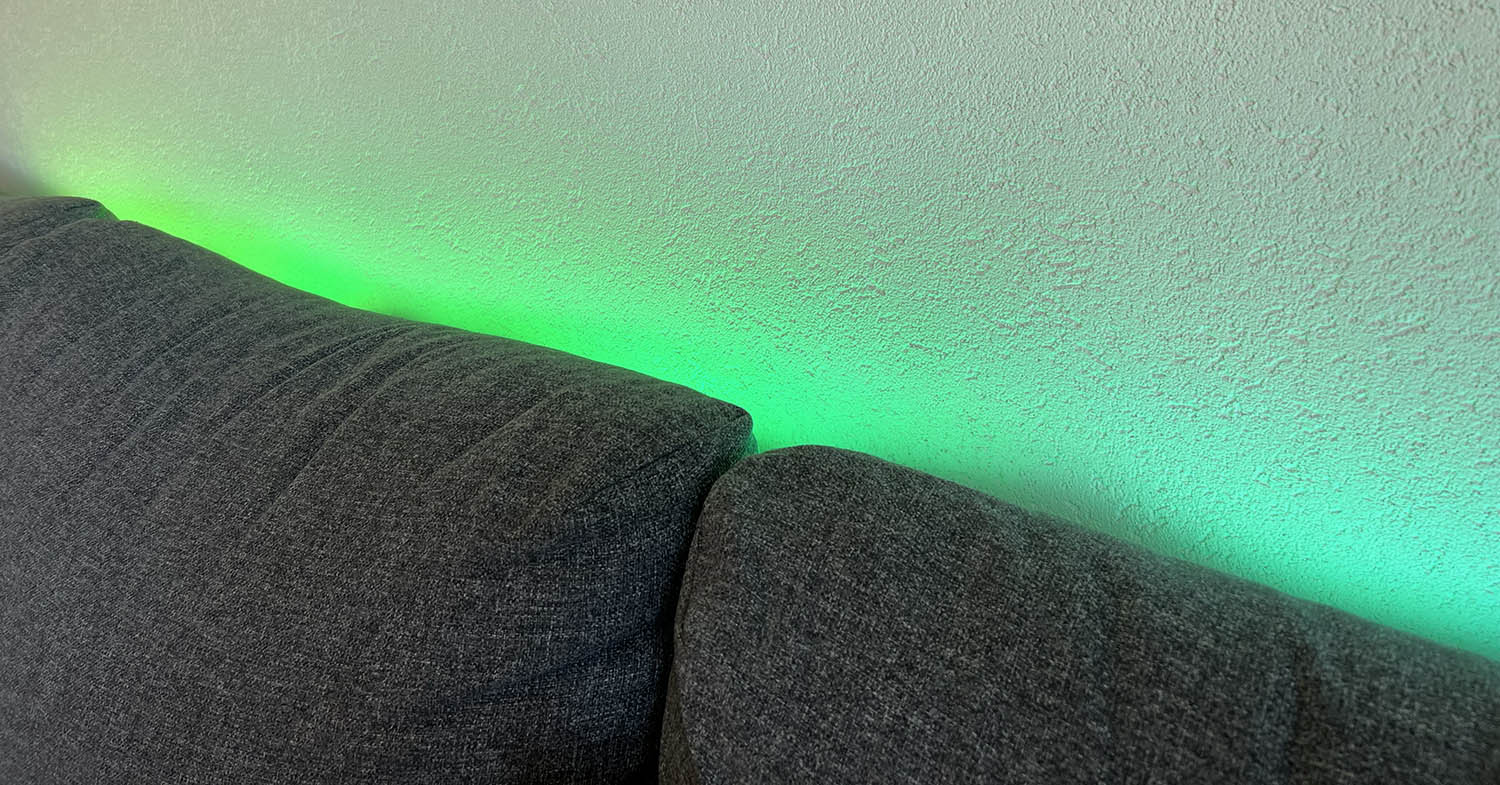In the year 2029, one of the most sensitive and complicated approaches that scientists expect will occur. The chaos asteroid, also known as Apophis, will pass close to Earth. And now something new has been discovered that makes the scientific community once again analyze and study this contact that will not go unnoticed.
Apophis, an asteroid that measures 340 meters in size, is shaped like a giant peanut. It receives its name in homage to the God of Chaos Apep and, in principle, there should be no direct impact with our planet. But, of course, scientists are not confident and continue analyzing the approach. And they do it for something very clear: the impact with the asteroid could destroy an entire city on our planet. The effect would be devastating.
20 years following the asteroid
Scientists discovered Apophis in 2004 and, since then, they have not stopped researching it to try to learn everything about it. Initially, a possible encounter with the asteroid was already visualized, although from the first moment the apocalyptic discourse was left aside to opt for a more optimistic forecast. In any case, a window of pessimism was left open in which the impact on our planet could occur. The most optimistic thoughts were confirmed in 2021, at which time the trajectory of the asteroid was drawn and it was confirmed that it would not impact the Earth.

In the latest reports it has become clear that the asteroid will pass about 32,000 kilometers from our planet, but without putting us at risk. It will be April 13, 2019 and what we do know is that it will be so close to Earth that some of the satellites we have orbiting around us will be even further away. Therefore, it should not be completely trusted. In addition, scientists have new information.
The Apophis Change
Now that, in principle, we are safe, what scientists want is to know what will happen to the asteroid when it passes near Earth. Because, although we fear for our planet, these types of encounters also directly affect the asteroids we encounter. And, to find out, a series of tests and simulations have been carried out. They have been carried out by Ronald-Louis Ballouz and his team from the Applied Physics Laboratory at Johns Hopkins University.
The main problem that scientists have encountered is that they do not know many of the details about Apophis, mainly those related to its physical characteristics. Therefore, what they have done is take other asteroids as a reference that have a good chance of being similar. From there they have carried out an experiment and have discovered that, when the asteroid approaches Earth, strong tremors will begin to occur. That will be an hour before Apophis is at its closest point to our planet.
These tremors will be very intense, since the gravity of Apophis is 250,000 times lower than that of Earth, which will generate a shocking effect. There will be powerful earthquakes that will lift part of the surface and push rocks off the asteroid. Many of them will fall on their own surface and that will cause their final surface to be generated, while other rocks could be thrown to an uncertain destination.

In addition to earthquakes, landslides will also occur that could have an even more aggressive effect on the surface of the asteroid. According to these tests that have been carried out, the influence of the Earth at the moment of contact will cause the asteroid to begin to rotate at a speed much higher than normal or at a much lower speed. All of this will have very serious effects on the surface of the asteroid that will occur progressively over thousands of years.
In any case, although these results have already been obtained, it remains to be seen what the real effects are on the asteroid in 2029. Scientists hope that important advances can be discovered and that, in addition, NASA’s OSIRIS-APEX mission can provide important data. This mission will encounter the asteroid in the future and will spend 18 months nearby to analyze the asteroid. From there, discoveries are expected that can help study other asteroids in a more adequate way so that we can be safer in their approach.














